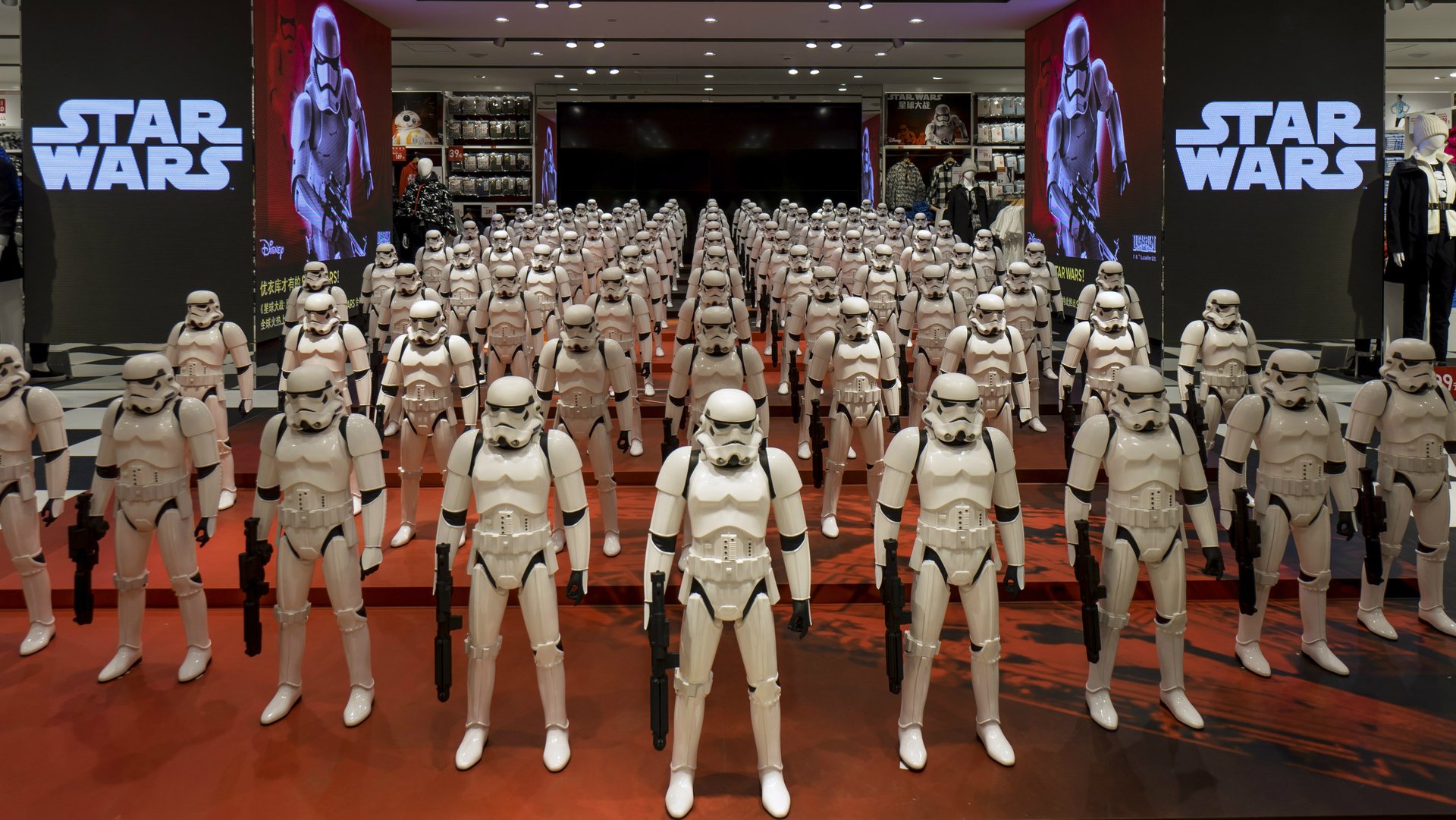Why you should be happy when movie theaters introduce surge pricing
Markets work best when highly valued goods and services are more expensive. And generally, people are fine with that. We understand that prime cuts of filet mignon cannot cost the same as McDonald’s burgers, and that there’s a reason first-class plane tickets cost more than coach. If these things were all the same price, it would be a disaster, with demand far outstripping supply of sought-after items.


Markets work best when highly valued goods and services are more expensive. And generally, people are fine with that. We understand that prime cuts of filet mignon cannot cost the same as McDonald’s burgers, and that there’s a reason first-class plane tickets cost more than coach. If these things were all the same price, it would be a disaster, with demand far outstripping supply of sought-after items.
Yet for some reason, for products that cost more or less depending on the time when you buy them, this logic appears to fail us. Surge pricing, the practice of increasing prices at times when demand is high, feels unjust. Uber and Lyft’s practice of raising prices when there is more demand for cars drives customers crazy. When shops charge more for snow shovels during snowstorms, people find it deeply unfair. This shouldn’t be the case: Competitive markets work best when sellers can maximize revenue. This makes more of a product to be available when buyers want it most.
Variety reports that Regal Cinemas will begin testing demand-based pricing (another term for surge pricing) in early 2018. The US’s second-largest theater chain plans to charge higher prices for movies and showtimes that are hot tickets, and lower prices for flops and inconvenient times. Regal CEO Amy Miles said the goal is to “drive incremental revenue in peak periods and incremental attendance in non-peak periods.” The new pricing model will be trialled in several markets that have not yet been announced.
It is strange this is only happening now. The airline, hotel, amusement park, and live entertainment industries all employ demand-based pricing strategies to various extents.
Yes, the people who must see the new Star Wars movie the day it comes out will end up spending more money. If they are willing to pay that price for the opening-day experience, we should let them. It will probably make it cheaper for everyone else, who can wait a few weeks for their Jedi fix. Perhaps, the cost of the first night of a popular movie might price out all but the rich, but it also might make seeing the movie more accessible to a wider audience—like how dynamic pricing for sporting events has lowered the price of the cheapest tickets.
One risk of Regal’s strategy is that some loyal customers may feel gouged, possibly making them less likely to return to the chain’s theaters. It is still worth a shot, since the industry is already struggling. As home entertainment improves, ticket sales are falling. If movie theaters don’t figure out how to maximize revenue from the most popular movies, theaters will begin closing, and then all movie lovers will have fewer options.
One criticism of Regal’s plan is that it won’t work unless other chains follow along. This is a misunderstanding of demand-based pricing. If everybody flocks to a rival theater, then prices at Regal will adjust downwards to attract some of those moviegoers back. See how that works?